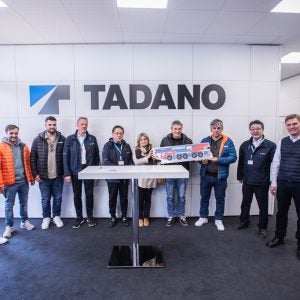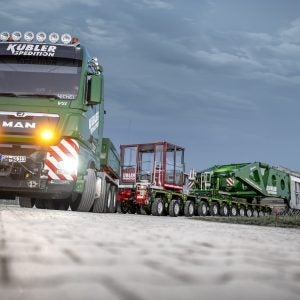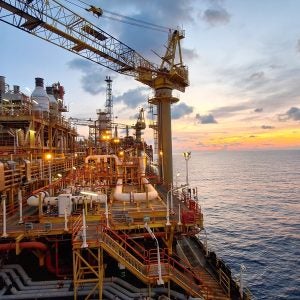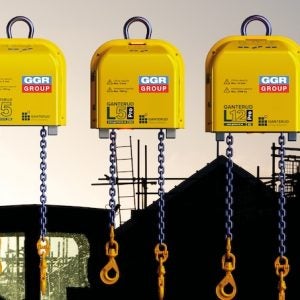The US Customs Service has clamped down on machinery entering the country with engines that fail to meet stringent emissions regulations. Any machine whose engine is not clearly labelled as conforming with Clean Air legislation is being impounded by Customs officials. Importers are then given the opportunity to either comply or re-export the machine – or risk a heavy fine. It can take up to three months to secure the release of an impounded machine.
According to the equipment industry, the Port of Houston is proving particularly stringent. Approximately 300 pieces of heavy duty, off-highway industrial equipment was seized in Houston in the six months to May, compared with 350 to 400 nationwide in the whole of 1998. All seizures were for violations of the Clean Air Act.
As they are imported in lower volumes that excavators, for example, there had only been six mobile cranes impounded in Houston up to 1 May, but this has been enough to cause great frustration to those affected.
One GMK model built by Deutsche Grove in Germany, with Cummins engines, nearly missed being displayed at Conexpo in March. A second Deutsche Grove crane, with a Mercedes engine, brought in by a Grove dealer, was also impounded. But Grove is by no means the only brand affected. At least one Mannesmann Dematic crane has also been seized.
There is no indication that any of the cranes impounded have engines which emit prohibited levels of pollutants. The issue is simply about labelling and paperwork.
Todd Shewmake, group supervisor of the US Customs Service’s fraud group in Houston (who supplied the statistics for this article) said the average length of delay for non-complying units was two weeks to a month. The longest a crane had been impounded was three months, he said. It is understood that this was a Mannesmann Dematic AC 180 model with a Mercedes engine.
Several importers have told Cranes Today that difficulties are compounded by the way in which the legislation is being policed. Officials from the US Customs Service and Environmental Protection Agency (EPA) are policing engine violations with the sort of zeal more usually associated with drug enforcement officers, they said.
In every case followed up by Cranes Today, the importers said that the engines were labelled but not necessarily in exactly the right place. “They just hadn’t looked close enough,” said one. “We had to get Mercedes to visit them and do the legwork for us.” Suspected violators are not given the opportunity to show officials where the label is. If it is not clearly visible the machine is seized. “If it ain’t visible, they’re not going to look for it,” we were told.
Another importer even told of guns being drawn on a crane importer who tried to open an engine cover to show officials where the label was placed.
“The issue is between the EPA and the engine manufacturers,” said one crane manufacturer’s US sales manager, “but they are dancing on our backs because the engines are in our machines. Its their way of getting back at the engine manufacturers.” Said another: “It’s just a bunch of red tape they’re making everybody go through.” There is no choice but to cooperate fully. Shewmake said: “Major manufacturers that produce equipment in one country for export and sale to another country, generally, are surprised at the problem but are helpful in remedying any problem issues. Bear in mind that these are usually technical violations, i.e. labels not affixed, labels painted over… “The more serious problems that have surfaced are those related to importers that are international traders and/or auction houses in heavy industrial equipment. Manufacturers of heavy industrial equipment engines usually manufacture the units for sale and use in a certain prescribed market or country. This equipment is manufactured to be compliant with that country’s environmental and safety laws. Many international traders and/or auction houses purchase and re-sell heavy industrial equipment worldwide, which means they may purchase equipment manufactured for use in Japan and then re-sell that same piece of equipment to a US company. Therein lies our fundamental problem. Is the unit brought in to compliance before it is imported into the US? Does the importing company and/or the international trader/auction house know whether the unit is compliant with US EPA law? Are any of these entities trying to circumvent US laws?” The Customs official continued: “US Customs Service and the EPA are working together on this evolving issue on a nationwide basis. Both agencies are taking steps to ensure that all US Customs Service ports are aware of the problem and the industry is being notified to make sure that they are aware of the import regulations surrounding heavy industrial equipment.”






